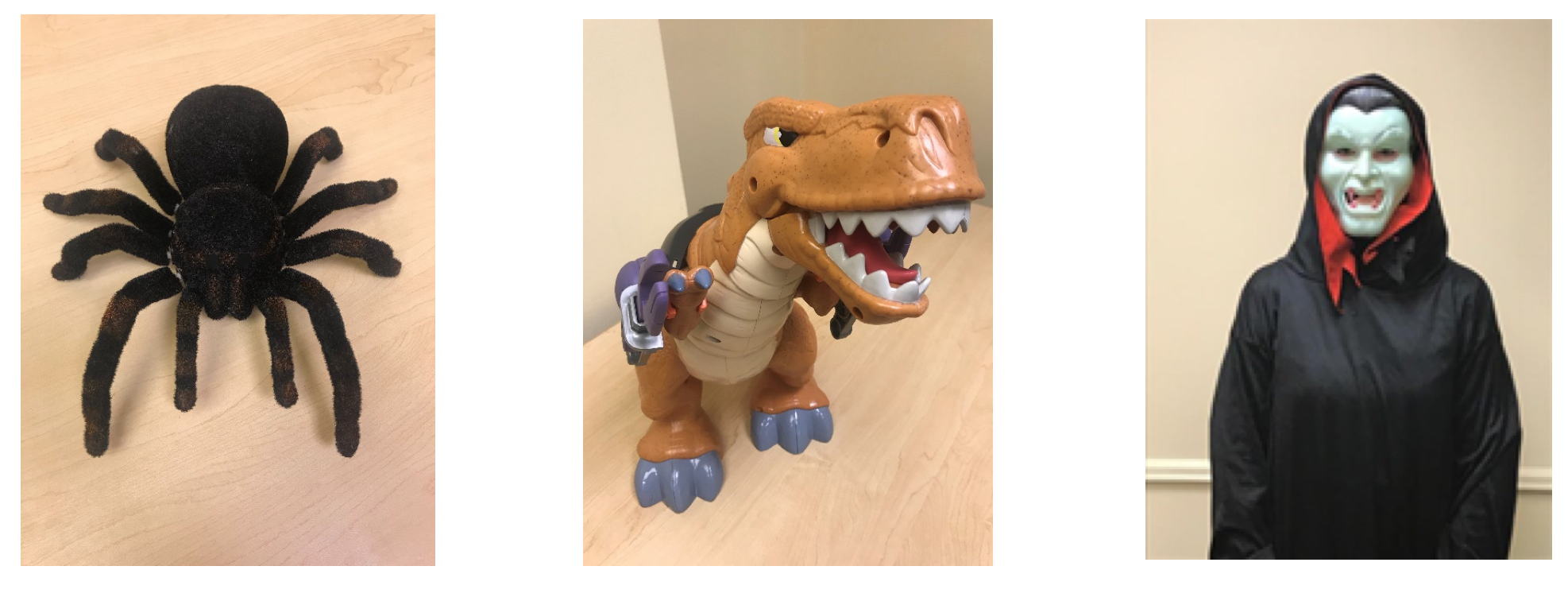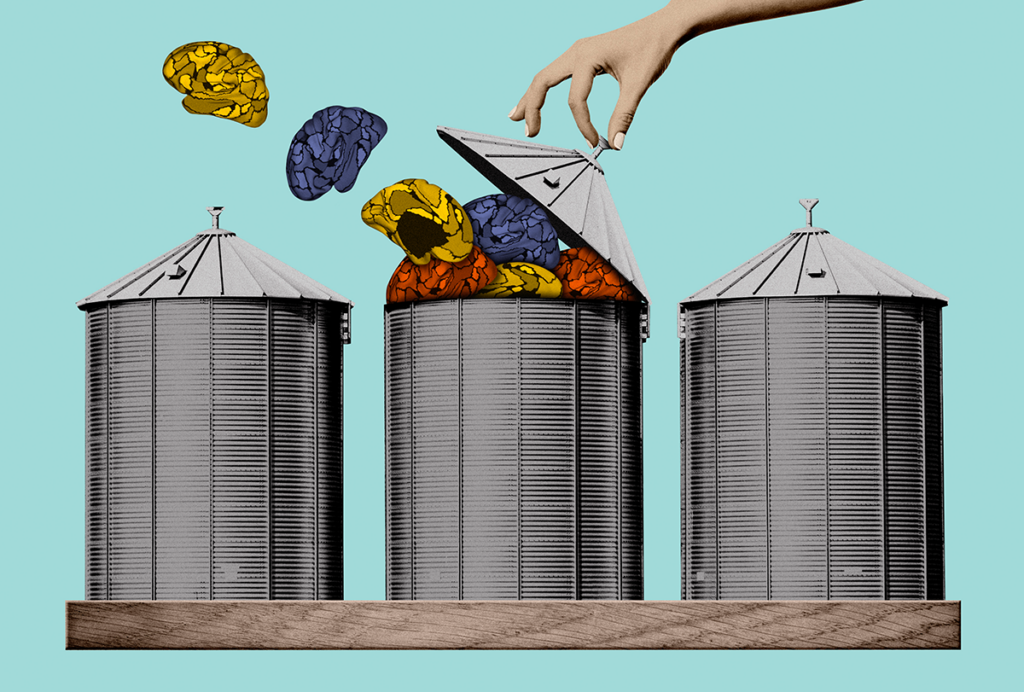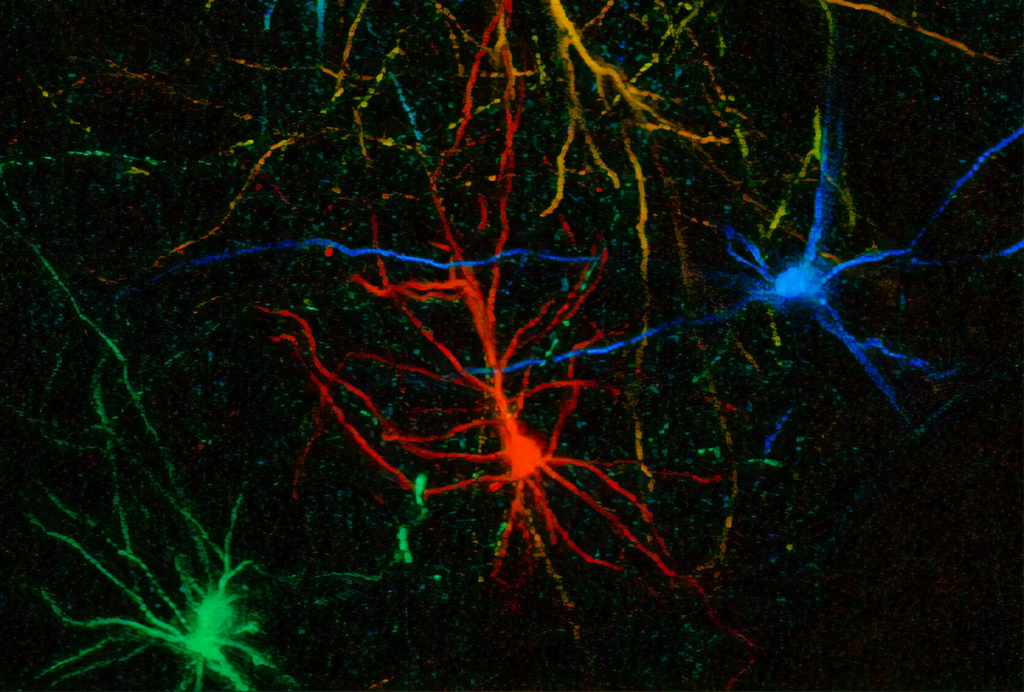
Children with autism have muted fear response
Toddlers with autism show less fear when confronted with something scary than do typical children or those with developmental delay.
Editor’s Note
This article was originally published 11 May 2018, based on preliminary data presented at the 2018 International Society for Autism Research annual meeting in Rotterdam, the Netherlands. We have updated the article following publication of parts of the study 29 August 2018 in the Journal of the American Academy of Child and Adolescent Psychiatry1. Updates appear below in brackets.
Toddlers with autism show less fear when confronted with something scary than do typical children or those with developmental delay. This lack of fear may explain why toddlers with autism often run into traffic or deep bodies of water. Researchers presented the unpublished results today at the 2018 International Society for Autism Research annual meeting in Rotterdam, the Netherlands.
“I think this really has tremendous implications for the safety issues we see in toddlers,” says lead researcher Katarzyna Chawarska, director of the Yale Toddler Developmental Disabilities Clinic. “Toddlers with autism are in constant danger because they don’t understand threats.”
The researchers also found that toddlers with autism are just as easily amused as typical children and those with developmental delay. [And they are no more likely than the control groups to seem fearful or angry during a situation designed to elicit joy. However, they] are more likely [than toddlers with developmental delay] to be angry when placed in frustrating situations.
Studies involving parent reports show that children with autism tend to have either a neutral or negative response to emotional situations. Based on these results, toddlers on the spectrum would be expected to show either little reaction to any of the stimuli, or more fear and less joy than controls.
“We really didn’t expect this. We know children with autism are more anxious and fearful later on in life, and we expected them to be more fearful in these probes,” says Suzanne Macari, co-director of the Yale Early Social Cognition Program, who presented part of the research.
Children with autism are known to be anxious, which would also suggest that they are more fearful than typical children. “The finding raises really interesting questions, because fear is closely related to anxiety,” says Matthew Siegel, associate professor of psychiatry and pediatrics at Tufts University in Boston, Massachusetts, who was not involved in the study.
Early look:
The researchers looked at 43 toddlers with autism, 16 with developmental delay and 40 typical toddlers between 13 and 30 months of age.
They put each child through situations designed to elicit joy, anger or fear. The children’s parents blew bubbles to make them happy. They held down the children’s arms to stop them from playing with a fun toy so they would become frustrated. To elicit fear, a fake spider scuttled along the floor, a toy dinosaur made scary noises, or a masked man stood in the doorway.
Researchers watched videos of each situation and rated the intensity of the children’s facial expressions and vocalizations. (They did not know which children have autism.) For 56 of the children, the team also used a wireless device that records skin conductance, which reflects sweating.
The physiological responses matched the observed emotional responses in both children with autism and typical children. For instance, the typical children, who were afraid of the masked man, showed a spike in skin conductance after he entered the room. The children with autism, who seemed relatively unconcerned, did not show a physiological reaction.
The children also confronted a social fear: A stranger enters the room and stands too close. Again, the children with autism showed less fear than typical children and had little physiological reaction.
The children with autism looked at the frightening object or person for as long as the other children did, suggesting the unexpected findings are not the result of their lack of attention.
The amount of fear and anger the children showed did not correlate with the severity of their autism, based on a standard clinical assessment. But children with severe autism seemed to experience less joy than those with milder features. So although children with autism seem as happy as controls in general, feelings of joy may vary among individuals with autism, Chawarska says.
Emerging anxiety:
The study shows that it is possible to induce emotions in children with autism, says Carla Mazefsky, associate professor of psychiatry at the University of Pittsburgh, who was not involved in the study. But the emotions might be atypical, she says. For example, holding down the arms of a child with autism could cause them sensory distress as well as frustration.
In addition, the fear results might be related to gender, says Carolien Rieffe, professor by special appointment at the University of Leiden in the Netherlands, who was not involved in the study. Boys tend to show more fear than girls do, she says. The group with autism was 88 percent boys, whereas the other two groups had a roughly equal gender ratio.
In typical children and those with developmental delay, fearfulness early in life predicts later anxiety. Anxiety is common among people with autism, Chawarska says, but may emerge in a different way.
“Until we understand the mechanisms that lead to the emergence of anxiety [in children with autism], we will not be able to intervene effectively,” she says.
Some of the children in the study are now 5 years old, an age at which researchers can effectively measure anxiety levels, Chawarska says. The team aims to track the children’s emotional responses over time to see whether they later become anxious or fearful.
For more reports from the 2018 International Society for Autism Research annual meeting, please click here.
References:
- Macari S. et al. J. Am. Acad. Child Adolesc. Psychiatry Epub ahead of print (2018) Abstract
Recommended reading

Changes in autism scores across childhood differ between girls and boys

PTEN problems underscore autism connection to excess brain fluid

Autism traits, mental health conditions interact in sex-dependent ways in early development
Explore more from The Transmitter

To make a meaningful contribution to neuroscience, fMRI must break out of its silo

